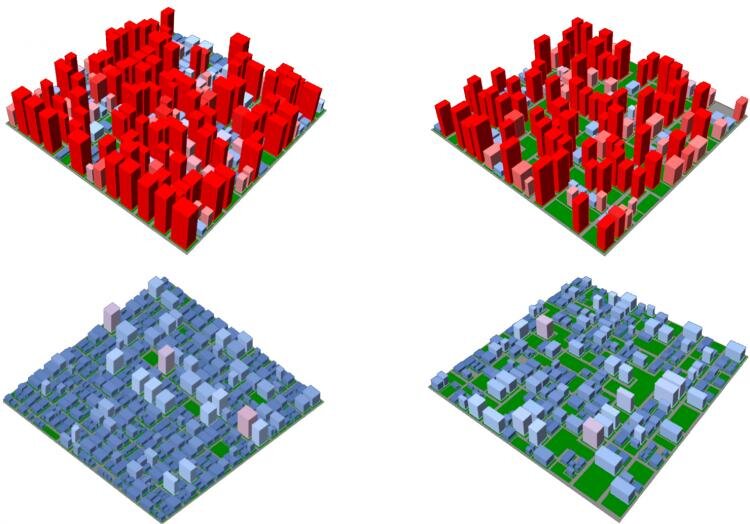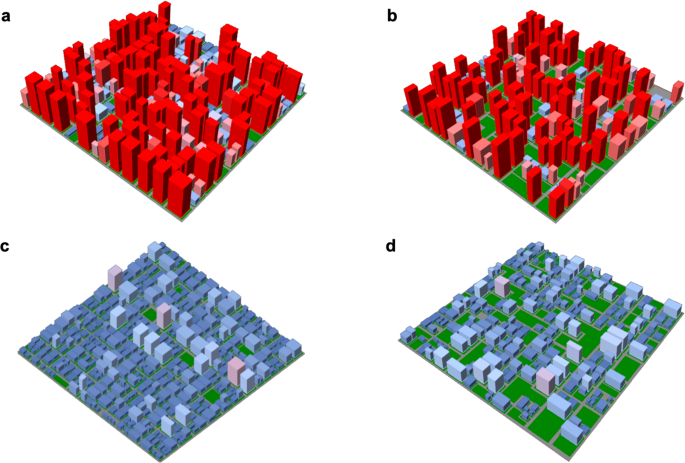“The faster official plans are completed, the faster we can start building much-needed housing and create jobs,” Carter said.
The province’s growth forecast has York, Peel and Toronto taking the highest share of growth over the next three decades. It will force York, for example, to use 80 per cent of its white-belt lands to meet the population target of 2.02 million people by 2051.
There are still 600 farmers in York Region. Among them is Dean Orr, a young farmer who helps his father farm more than 2,400 acres of rented land in King City.
New farmers are inhibited by the high cost of land, so they rent and farm it for deep-pocketed developers and speculators who use the agriculture designation to keep taxes low.
Orr said York Region’s plans for the future make it clear there’s no space for people like him.
“Most farmers are not in it because it pays well, because it doesn’t all the time. They do it because they enjoy it — they get to be outdoors, and it’s meaningful work,” said Orr. “But when you see all this development non-stop encroaching on you, it feels like what we do is not respected.”
Orr’s lands would be impacted by the proposed GTA West highway, if it were built. “It’s hard not to get down on the fact that you are getting pushed out and that no one cares if you are here or not.”
Caledon resident Jenni Le Forestier, who is running for the Green party in Dufferin-Caledon, said she is particularly concerned about the impact of the 2051 plan on her town, where nearly half the land in the municipality is still farmland.
According to the provincial projections, the population of Caledon is set to increase fivefold from 66,000 to 330,000. Le Forestier said that means much of the farmland will be impacted.
“The planning is not happening with the climate emergency in mind, because we are not building complete communities,” said Le Forestier. “If we are planning for the future, why would we simply do all the same things that we have always done?”
In a deputation to Peel Region in June, Le Forestier urged it to follow the lead of Waterloo Region, which implemented a “countryside line” in 2009 as a way “to control development and urban sprawl by constraining future growth within the region’s urban areas.”
Regional officials have been committed to preserving the line — even taking the Ontario Municipal Board to court in 2015 to protect it.
But there is widespread consensus that there is no easy fix to the problem of disappearing farmland without having hard discussions about “responsible growth” at the municipal and provincial level.
Already, residents in Hamilton and Halton are pushing back on the province’s desire to expand urban boundaries to 2051, saying such vital discussions should not be taking place during a pandemic. The OFA, the Greenbelt Foundation and ecogroups like Environmental Defence are also pushing for hard urban boundaries, and for the province to reinstate higher density targets within city borders.
“We are asking for responsible growth,” said the OFA’s Currie. “We have not done a good job in incentivizing or encouraging municipalities to have more housing option. Right now, it’s either single-family homes or condos.”
He also thinks there should be an agricultural plan as part of the municipal official plans, while others are calling for a province-wide agricultural study.“There is only one landscape, and it has to serve all the purposes for the people of Ontario.”
Elsewhere in Canada, British Columbia successfully preserved farmland with the creation of an agricultural land reserve in the ’70s that protected 4.7 million hectares of public and private land that can be farmed, forested or are vacant.
On a smaller scale, some local farmers have started to protect their farms through the Ontario Heritage Trust, which allows farmers to register legal agreements on the property so that when it’s sold, it can only be farmed. So far the trust has protected 17 farms in Ontario.
The OFA’s Currie said broad land-use policies don’t work for all farmers who have different circumstances. While larger farms may be struggling, being near cities has been beneficial for smaller farms who sell direct to customers through retail operations.
But for others, policies to protect land can become burdensome.
“We cannot lose sight of the value of the green space … whether it’s climate change or stormwater related,” Currie said. “But the farmer should not be penalized or held hostage to holding green space (if farming is no longer viable) just because it’s there. It’s really a Catch-22 situation for these farmers.”

 phys.org
phys.org

 www.nature.com
www.nature.com







/https://www.thestar.com/content/dam/thestar/news/gta/2021/08/28/we-are-just-waiting-to-see-who-will-be-the-last-farmer-left-prime-farmland-in-the-gta-is-disappearing-fast-doug-fords-growth-plan-may-be-making-that-worse/farm_main.jpg)
/https://www.thestar.com/content/dam/thestar/news/gta/2021/08/28/we-are-just-waiting-to-see-who-will-be-the-last-farmer-left-prime-farmland-in-the-gta-is-disappearing-fast-doug-fords-growth-plan-may-be-making-that-worse/gtha_growth_plan_forecast.jpg)
